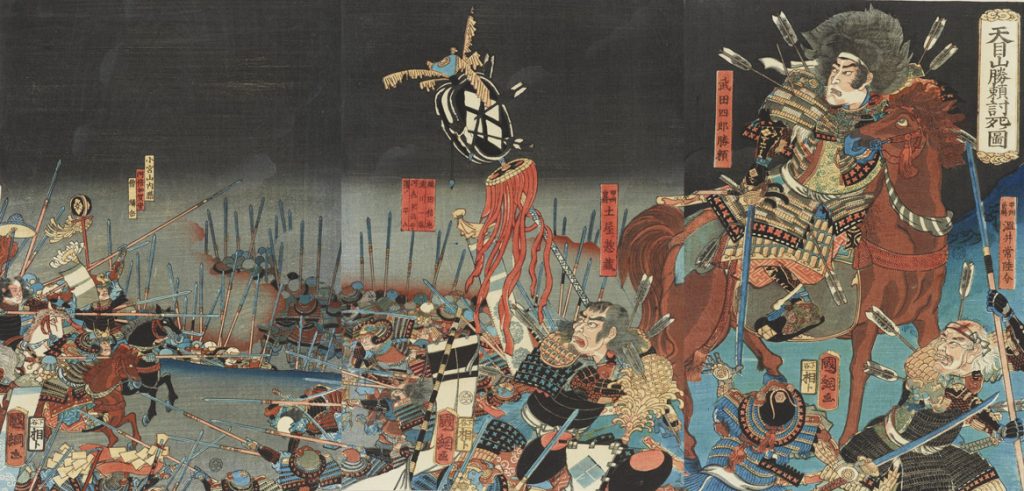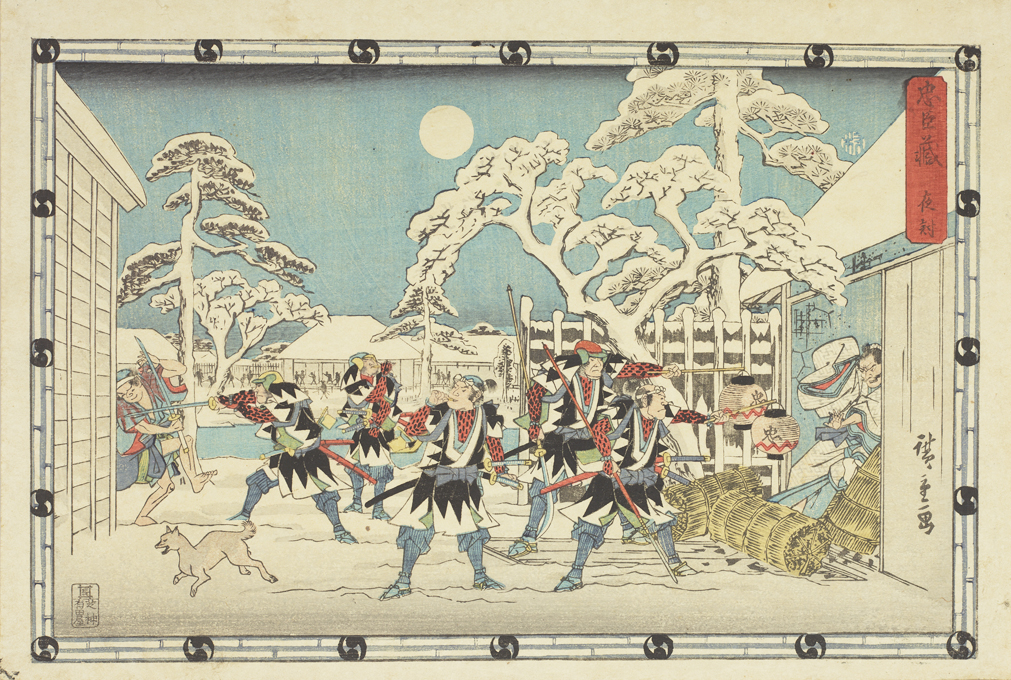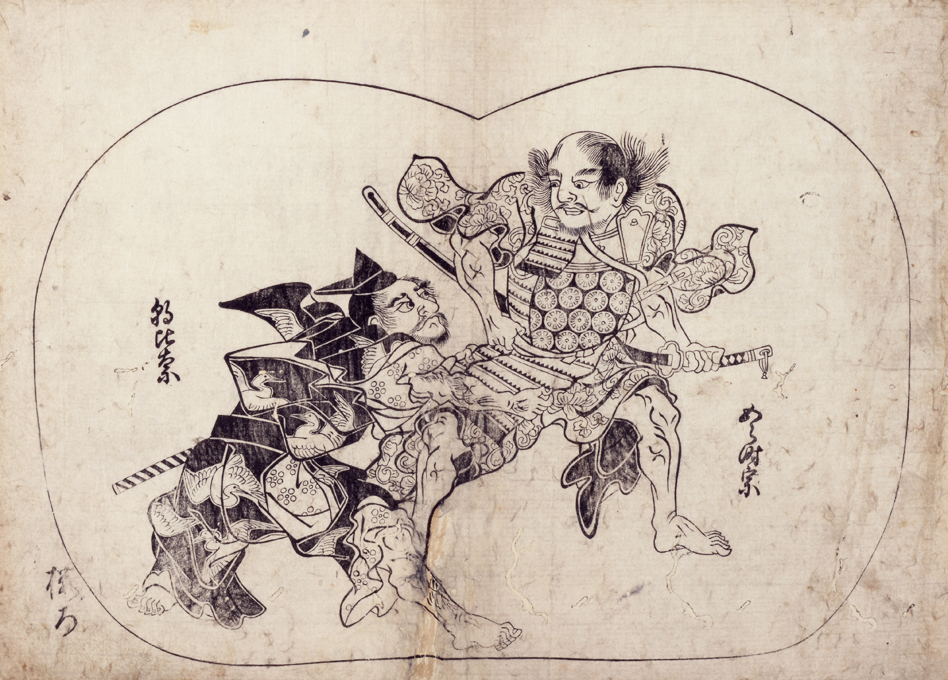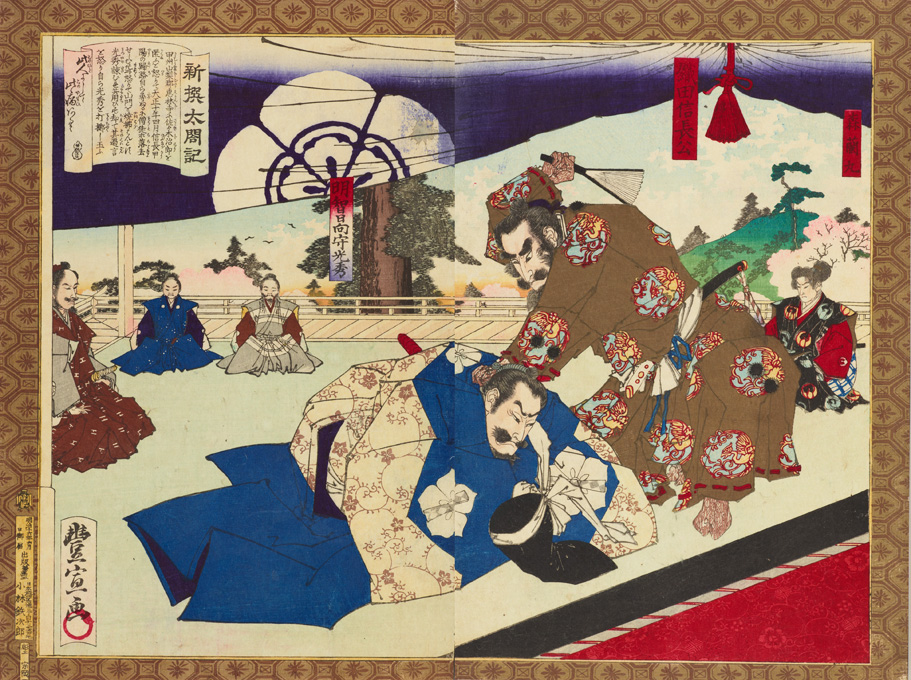Losers in Ukiyo-e
Minamoto no Yoshitsune, Akechi Mitsuhide, Saigō Takamori… Losers in History Gather Here
When there are battles or competitions, there will always be winners and losers. And the ones who attract our hearts and leave us impressed in stories such as novels and kabuki plays as well as among historical figures of Japan, could be the losers rather than the winners. These days, there are movements becoming active which try to find new points of view by reviewing history from the losers’ perspectives. Furthermore, it seems that kabuki plays and novels depicting the fleeting nature and sorrow of warriors such as Minamoto no Yoshitsune and Akechi Mitsuhide, who lost battles and fell to ruin, attracted deep sympathy from the people in Edo. This exhibition will focus on the various losers drawn in ukiyo-e who attracted popularity in the Edo period.
Losers Who Attract the Hearts of the Japanese
There is a phrase known as “hougan biiki”.
Minamotono Yoshitsune kept winning the battles between the Taira and Minamoto clans, but was expelled for being a nuisance and subverted by his brother Yoritomo. “Hougan biiki” means “sympathy for a tragic hero” like him, and describes the feeling of taking their side.
For a long time, Japanese people have been telling history and stories with empathy for those who lose and die in such battles. There are so many similar cases, such as of the Taira clan, Yoshitsune, Kusunoki Masashige, Akechi Mitsuhide, and Saigō Takamori. Moreover, as it is obvious from the case of Yoshitsune, we can say that only a fine line exists between winners and losers. Why don’t we think over what it means to win and to lose while viewing various characters drawn in ukiyo-e?
Face-Off! What Happens in a One-on-One Battle?
People sometimes confront each other one-on-one to prove their power and justice. In history, novels, and kabuki plays, such battles and competitions are often the highlight of the story. This section introduces famous scenes of confrontations depicted in ukiyo-e, such as the duel between Benkei and Ushiwakamaru and the contest of strength between Soga Gorō and Asahina.
Villains in Kabuki Plays—People Who Were Destined to Los
Stories in which the hero defeats powerful enemies are called “kanzen chōaku”, and are still popular today. In kabuki and novels of the Edo period, kanzen chōaku was one of the most popular plots. People in Edo cheered when villains with overwhelming power appeared and the hero defeated them. The villains can be said to be destined to lose.
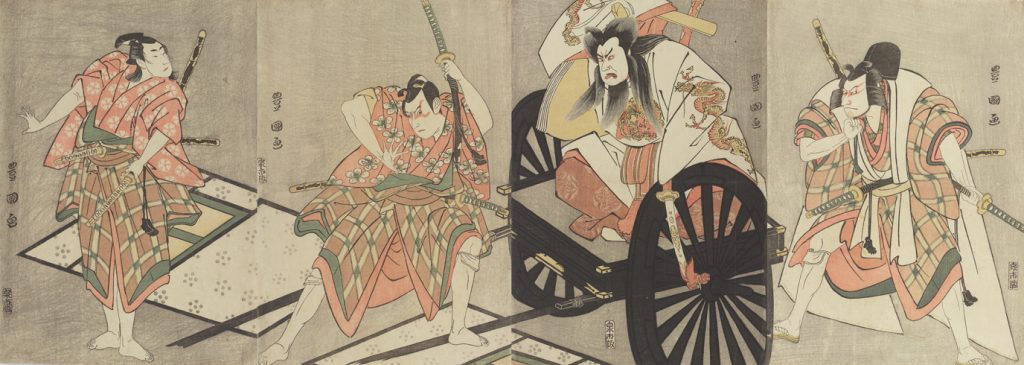
Highlight of this exhibition
Utagawa Toyonobu “Scene from the Story about Toyotomi Hideyoshi “Shinsen Taikō-ki”: Oda Nobunaga Beating Akechi Mitsuhide with the Iron-ribbed Fan”
In Japanese history, Akechi Mitsuhide has a strong image as a rebel or a loser who lost his ruling power in only a few days. However, a recent TV drama which depicted Mitsuhide’s life introduced a new interpretation in which the reason why he betrayed his lord was for justice, because the lord had become out of control and more of a tyrant year by year. In fact, images of Mitsuhide as a tragic hero are not new. For people in the Edo period, Mitsuhide was a villain as a murderer, but at the same time, in kabuki plays and novels, he was depicted as a weak person who was insulted by the tyrant lord and had a grudge. This picture depicts a famous scene from the novel Taikōki, in which his lord Nobunaga hits Mitsuhide with an iron fan because Mitsuhide had admonished Nobunaga’s attack on the Erin-ji Temple with fire. Various episodes, not only about Mitsuhide but also his vassals, who are not known these days, are introduced in this book, and also many ukiyo-e depicting them were published. We can understand his popularity in the Edo period.
Admission
| Adult | 1000 yen |
| University and High school students | 700 yen |
| Junior High School Students and below | Free |
Calendar
■close
休館日
1-14, 19,25-30
2021 / 04
1-14, 19,25-30
| SUN | MON | TUE | WED | THU | FRI | SAT |
|---|
休館日
1-14,17-20,24,31
2021 / 05
1-14,17-20,24,31
| SUN | MON | TUE | WED | THU | FRI | SAT |
|---|

